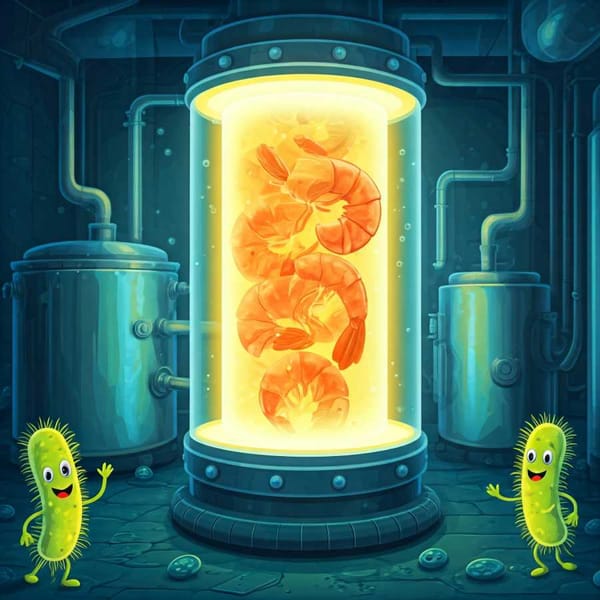The Cuetlaxóchitl flower, Mexico's Christmas gift to the world
The cuetlaxóchitl flower is an essential ornament for homes, offices, stores and public spaces in December parties of all latitudes.

The cuetlaxóchitl flower is an essential ornament for homes, offices, stores and public spaces in December parties of all latitudes.


2.0 Flash Experimental. Might not work as expected. In 17th-century New Spain, even death was regulated by the Spanish Crown. A 1696 Royal Decree dictated funeral ceremonies, mourning attire, and coffin design, particularly for the nobility, to control expenses and ensure solemnity.

Mexican researchers use lactic acid bacteria to extract chitosan, a valuable biopolymer, from shrimp shell waste. This eco-friendly method transforms a pollutant into a resource for medicine, agriculture, and even 3D-printed tissues.

Mexico's rapidly aging population poses healthcare and fiscal challenges. Declining mortality and fertility rates are driving this demographic shift, necessitating policy adjustments and increased investment in areas like home healthcare, preventative medicine, and long-term care insurance.

In Mexico's poorest areas, collective action, where communities participate in solving public problems, is crucial for effective policy. Scholar David Morales González emphasizes communication, prior evaluation, and even AI, citing successful indigenous community management.